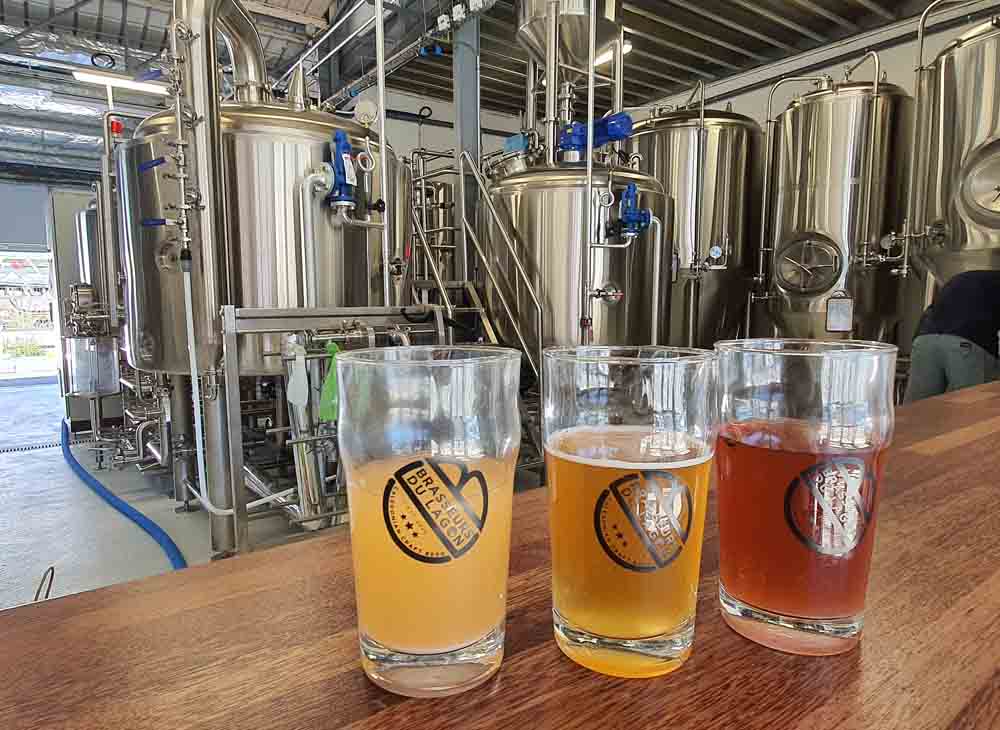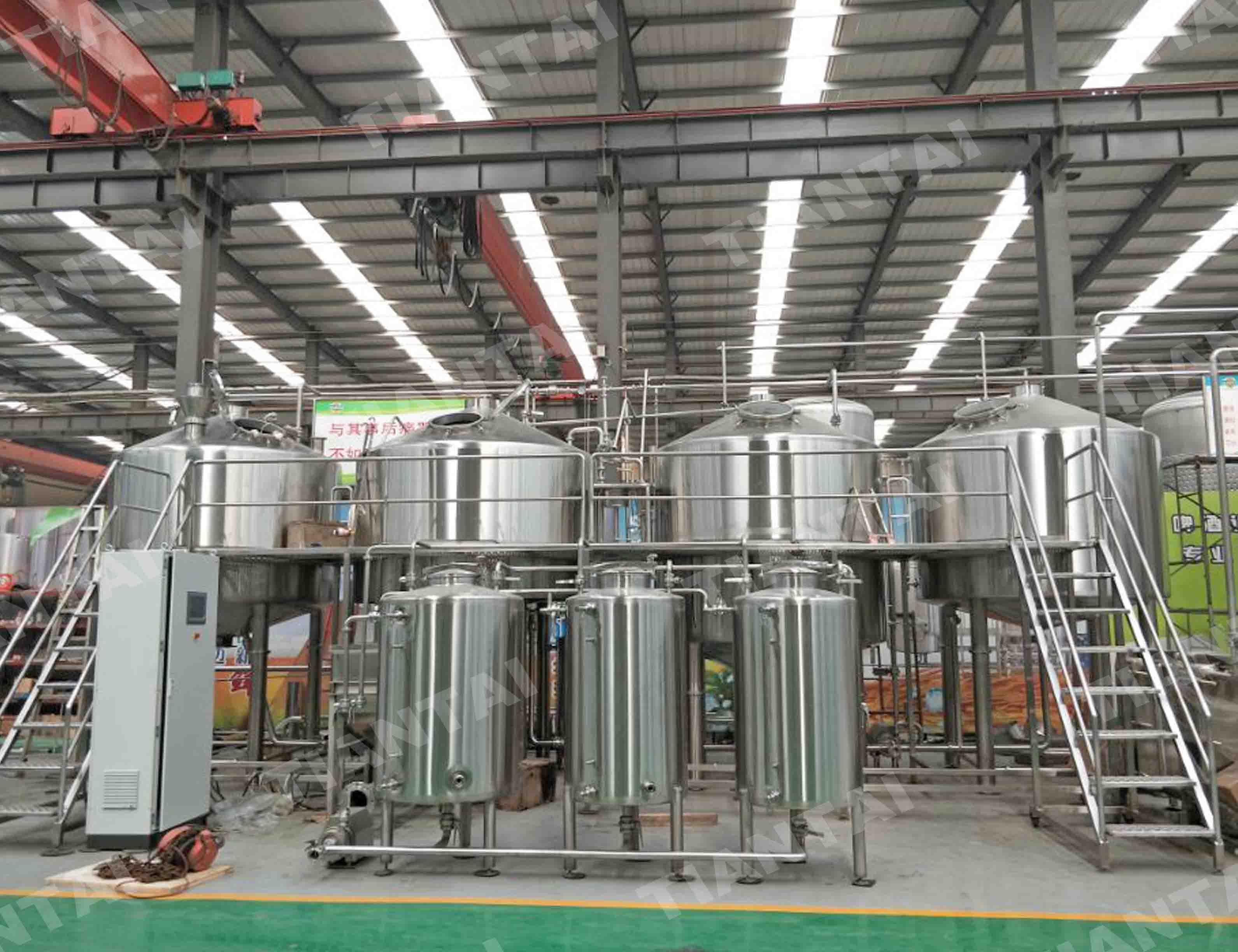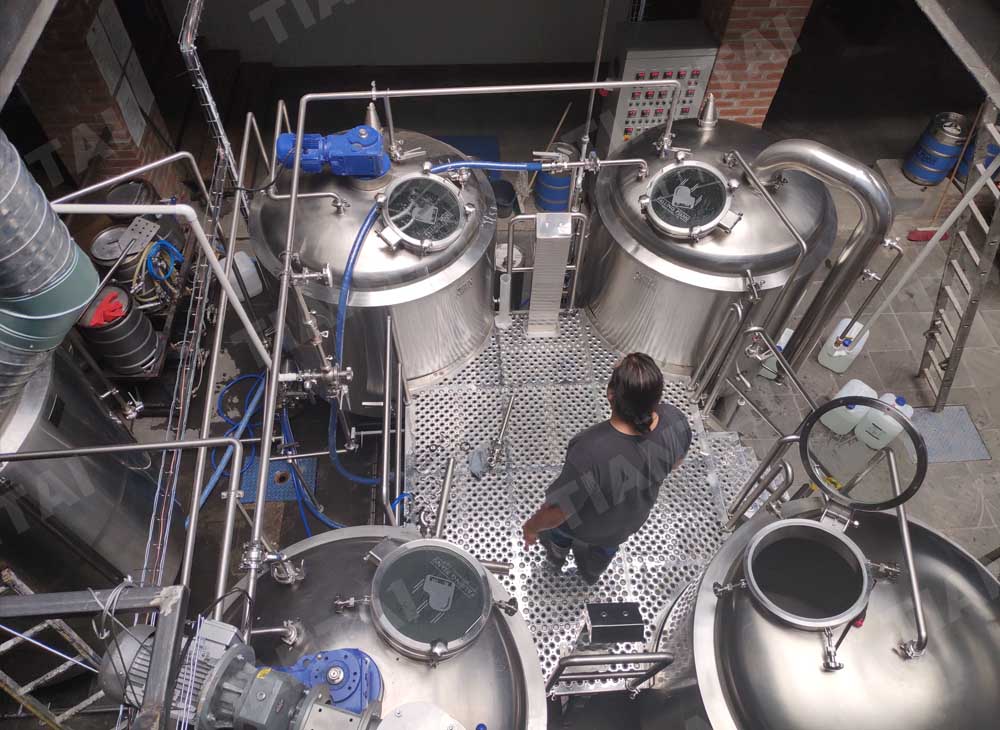What is Sparging
- Feb 11, 2022
- 176
- tiantai
After the mash is complete, the next step in the brewing process is to separate your sugar-rich wort from the leftover spent (ie used) grains. To do this, the grains must be strained away from the wort, and rinsed.
If using a false bottom mash tun, it is beneficial to recirculate your wort through the mash before you begin the sparge. This will condense the grain bed and prevents any grain fragments from getting into the boil kettle so that your wort is clear. This process is called a 'vorlauf'.
To do this, slowly collect some wort from the outlet on your mash tun into a small pitcher, and pour it back into the top of the mash tun. Keep repeating this until the wort coming from the bottom of your mash is clear.
.jpg)
Once that the wort is clear, you can attach a hose to the outlet on your mash tun and let the wort drain away from the mash, and into your boil kettle. Once that has begun, you can begin sprinkling the sparge water over the top of the spent grains (ie running a "fly sparge").
Before the sparge, you will want to heat the mash to 76°C (167°F) since some of the leftover sugar from the mash will be more soluble at that temperature.
the amount of sparge water can be calculated:
(Fermenter volume + boil off rate + boiler losses) – (Mash water + (grain weight * grain absorption)) = Sparge Volume - (Daniels, 1996)
The temperature of your sparge water temperature should be 76°C (167°F)
If using a false bottom mash tun, it is beneficial to recirculate your wort through the mash before you begin the sparge. This will condense the grain bed and prevents any grain fragments from getting into the boil kettle so that your wort is clear. This process is called a 'vorlauf'.
To do this, slowly collect some wort from the outlet on your mash tun into a small pitcher, and pour it back into the top of the mash tun. Keep repeating this until the wort coming from the bottom of your mash is clear.
.jpg)
Once that the wort is clear, you can attach a hose to the outlet on your mash tun and let the wort drain away from the mash, and into your boil kettle. Once that has begun, you can begin sprinkling the sparge water over the top of the spent grains (ie running a "fly sparge").
Before the sparge, you will want to heat the mash to 76°C (167°F) since some of the leftover sugar from the mash will be more soluble at that temperature.
the amount of sparge water can be calculated:
(Fermenter volume + boil off rate + boiler losses) – (Mash water + (grain weight * grain absorption)) = Sparge Volume - (Daniels, 1996)
The temperature of your sparge water temperature should be 76°C (167°F)




.jpg)